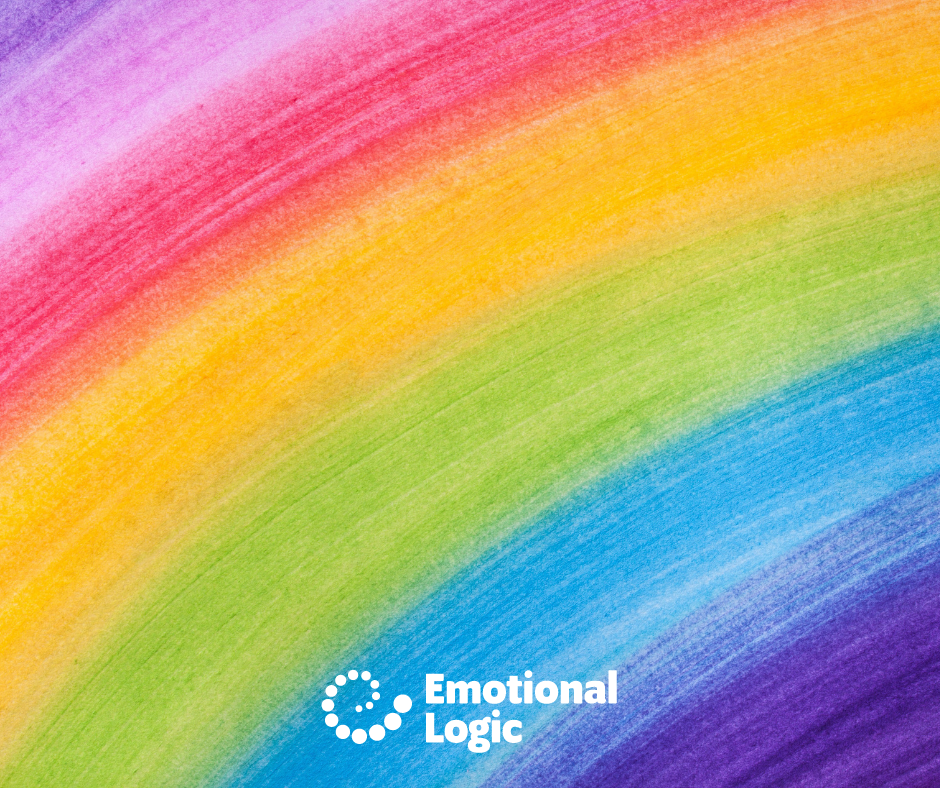We teach practical, innovative, lifelong learning skills for everyone to reduce stress, increase resilience and promote adaptability. Turn life’s challenges into personal growth.
Charity no: 1107527 | Registered no: 04756998

Emotional Logic card patterns and process was the tool I had been looking for.
As an art therapist, supporting children and young adults with complex and additional needs, I had long sought a consistently accurate tool; something to help bridge the communication gap between the non-verbal preferred client and the neurotypical world.
Pictures, music, movement, dance, and play, etc, have long been a therapeutic bridge, offering an alternative language … but still, it was imperative to try and describe emotional experience relationally and help lessen frustration. Emotional logic offered a unique kinaesthetic way, something similar, yet more useful than the Makaton systems employed by most schools and health professionals.
Emotional logic emotion cards became my favorite go-to, dovetailing beautifully into many other good methods, but, for the first time, my clients could illustrate incredibly complex and unique emotional states easily, without the distress of having to find the right words.
The story does not end there, for since these small beginnings, the use of Emotional Logic, as a lifelong learning tool, …has helped people I work with explore varying degrees of grief and trauma, many issues longstanding.
The beauty of this is not endless counselling, but instead we aid the client to describe their internal world, in a way that can be harnessed. One of my clients called this, “the miracle”, something she had not thought possible. Emotional logic does two very vital things for people on the Autism Spectrum; it provides a common ground for communication …something fairly elusive and takes out the enigma of emotions present. Once clients and children realize that emotions are natural, and not the enemy after all … this becomes an incredible power for transformation, autonomy – and new and freeing reality.
Claire Hine – Squarepeg Studio